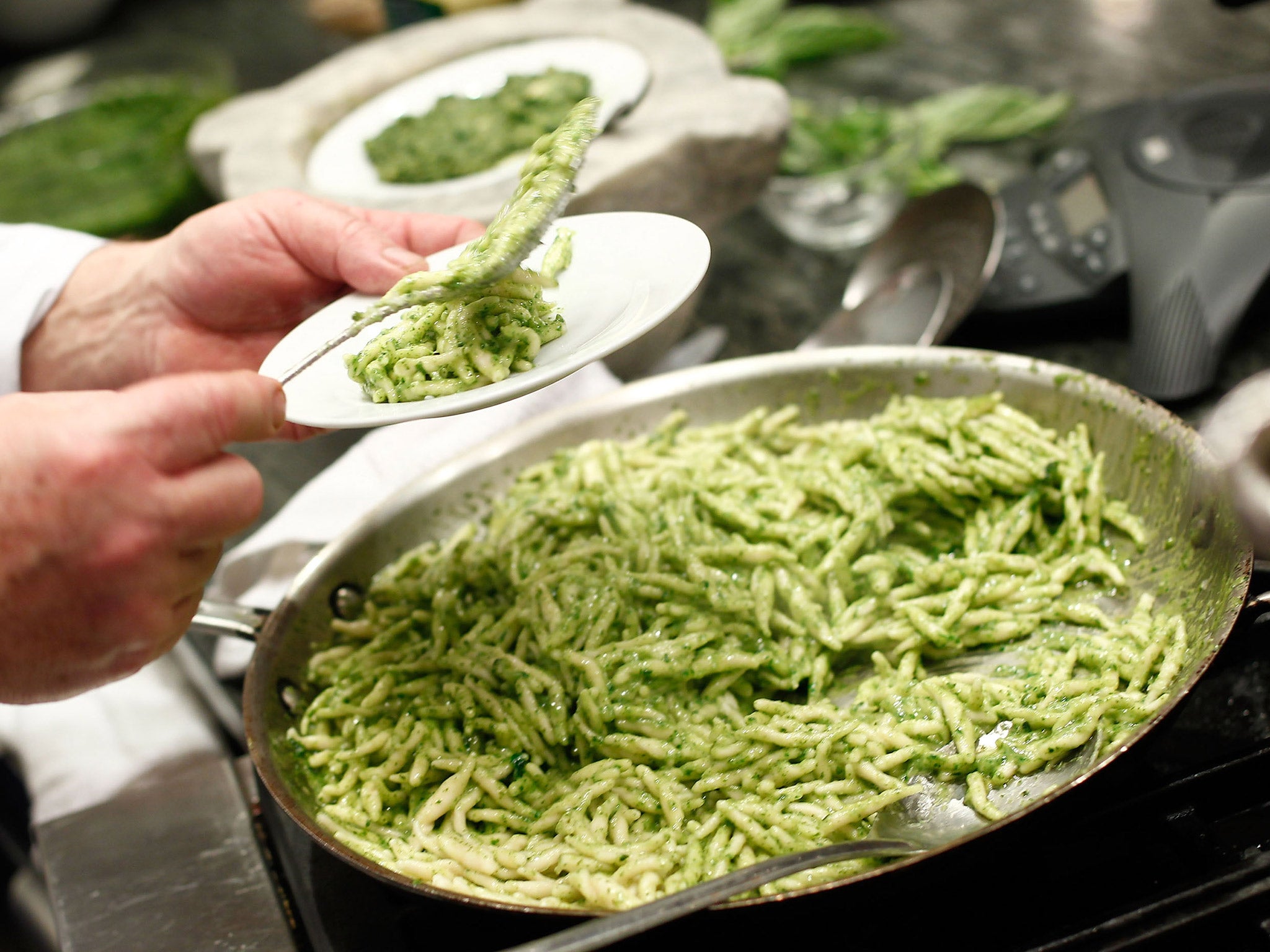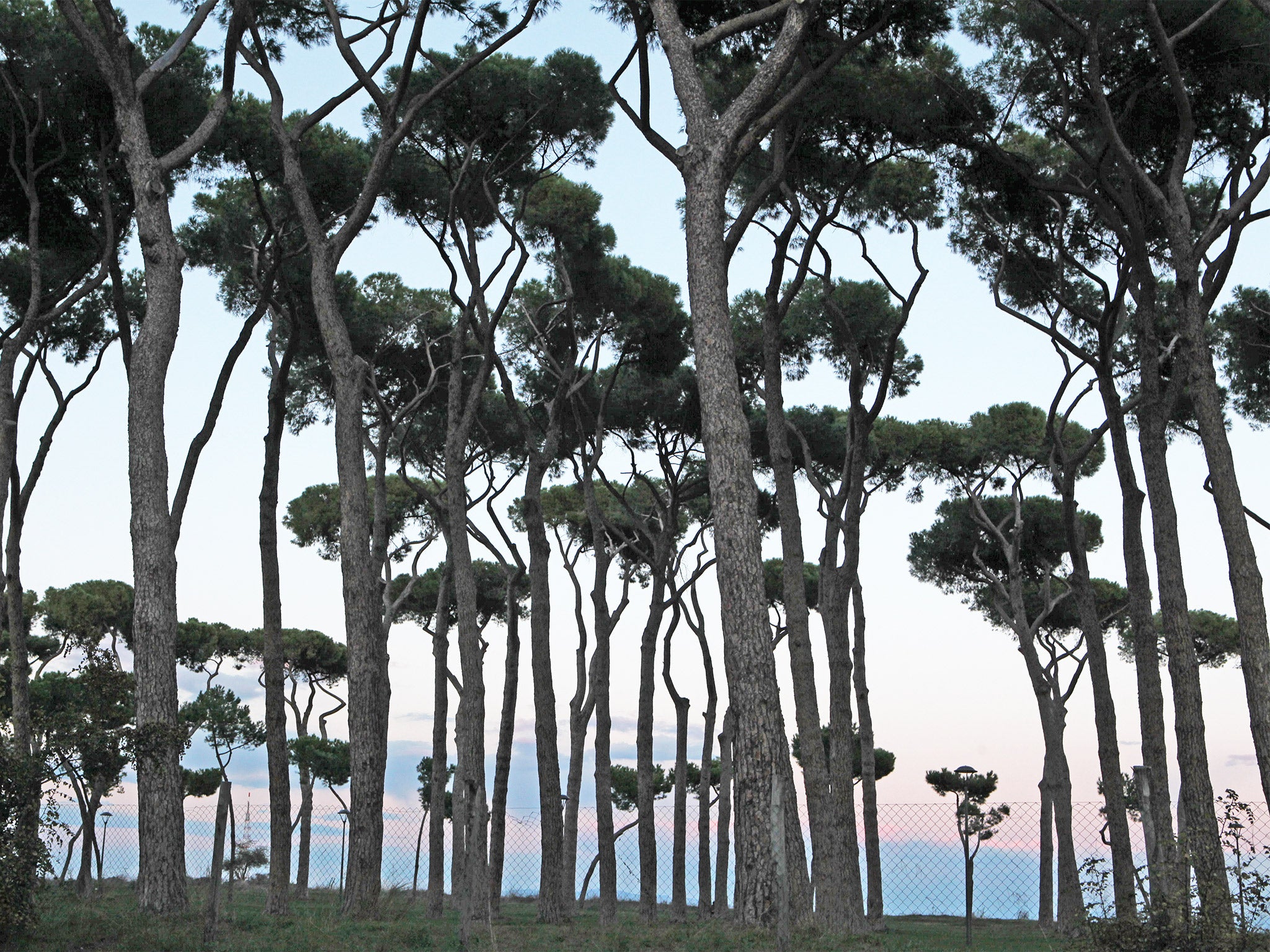Pesto: How the insatiable demand for pine nuts to make the sauce is damaging the environment
Survival of pine forest ecosystems threatened by 'unsustainable' nut harvests in many regions

Your support helps us to tell the story
From reproductive rights to climate change to Big Tech, The Independent is on the ground when the story is developing. Whether it's investigating the financials of Elon Musk's pro-Trump PAC or producing our latest documentary, 'The A Word', which shines a light on the American women fighting for reproductive rights, we know how important it is to parse out the facts from the messaging.
At such a critical moment in US history, we need reporters on the ground. Your donation allows us to keep sending journalists to speak to both sides of the story.
The Independent is trusted by Americans across the entire political spectrum. And unlike many other quality news outlets, we choose not to lock Americans out of our reporting and analysis with paywalls. We believe quality journalism should be available to everyone, paid for by those who can afford it.
Your support makes all the difference.Italian restaurateurs and gourmets have reacted with horror to a call for a key ingredient to be removed from one of Italy’s most popular recipes because it is damaging the environment.
The culinary villain is pesto – and its suspect ingredient is the pine nut. According to Jonathan Slaght, a leading figure in the US-based Wildlife Conservation Society and a forestry expert, the insatiable international appetite for the tasty green sauce, which millions of people eat with pasta every day, is threatening the survival of pine forests.
Those in Russia are in particular danger as the rising global demand for pesto has prompted “unsustainable” nut harvests in many regions. “The entire Korean pine ecosystem could collapse if it continues,” he said, noting that many animals from birds, chipmunks and red deer to wild boar and Asiatic black bears depend on the calorie- and protein-rich nuts to survive harsh winters.

In an article in the New York Times, he said a shortage of pine nuts may have contributed to recent incidents of hungry bears roaming the streets and attacking residents in Luchegorsk, a Russian town near the Chinese border.
Paolo Nano, a spokeswoman for Slow Food, an Italian-based sustainable eating movement, said if nuts were sourced locally it would be possible to stick to the recipe without damaging the environment. “It doesn’t make sense exporting tons from the Far East,” she said.
Mr Slaght had another suggestion: “For those who feel that it’s the combination of roasted nuts and fresh basil that gives pesto its unique flavour and texture, walnuts, cashews, pistachios and even almonds are all palate-pleasing alternatives.”
Walnuts, cashews, pistachios and even almonds are all palate-pleasing alternatives
This got short shrift, however, from a celebrated restaurant owner in Genoa, the Italian port that gave the world pesto alla Genovese, the rich blend of crushed garlic, basil and pine nuts blended with salt and olive oil. Luciano Belloni, owner of the Zeffirino restaurant, who used to send fresh pesto to Frank Sinatra’s Ligurian mother and who has made it for Pope Francis, said other nuts won’t do.
“Lots of people substitute peanuts. The pine nut is expensive and we pay €60 [£44] a kilo for those from Versilia. But if you want to make pesto, this is the recipe.” Otherwise, he told La Repubblica, “the quality fails”.
Mr Belloni revealed that the Russian President, Vladimir Putin, had now fallen under the spell of his pesto. “He wanted some in the Moscow restaurant where he usually eats,” he said. In return, he added, “he sent me a bottle of his vodka”.
Join our commenting forum
Join thought-provoking conversations, follow other Independent readers and see their replies
Comments